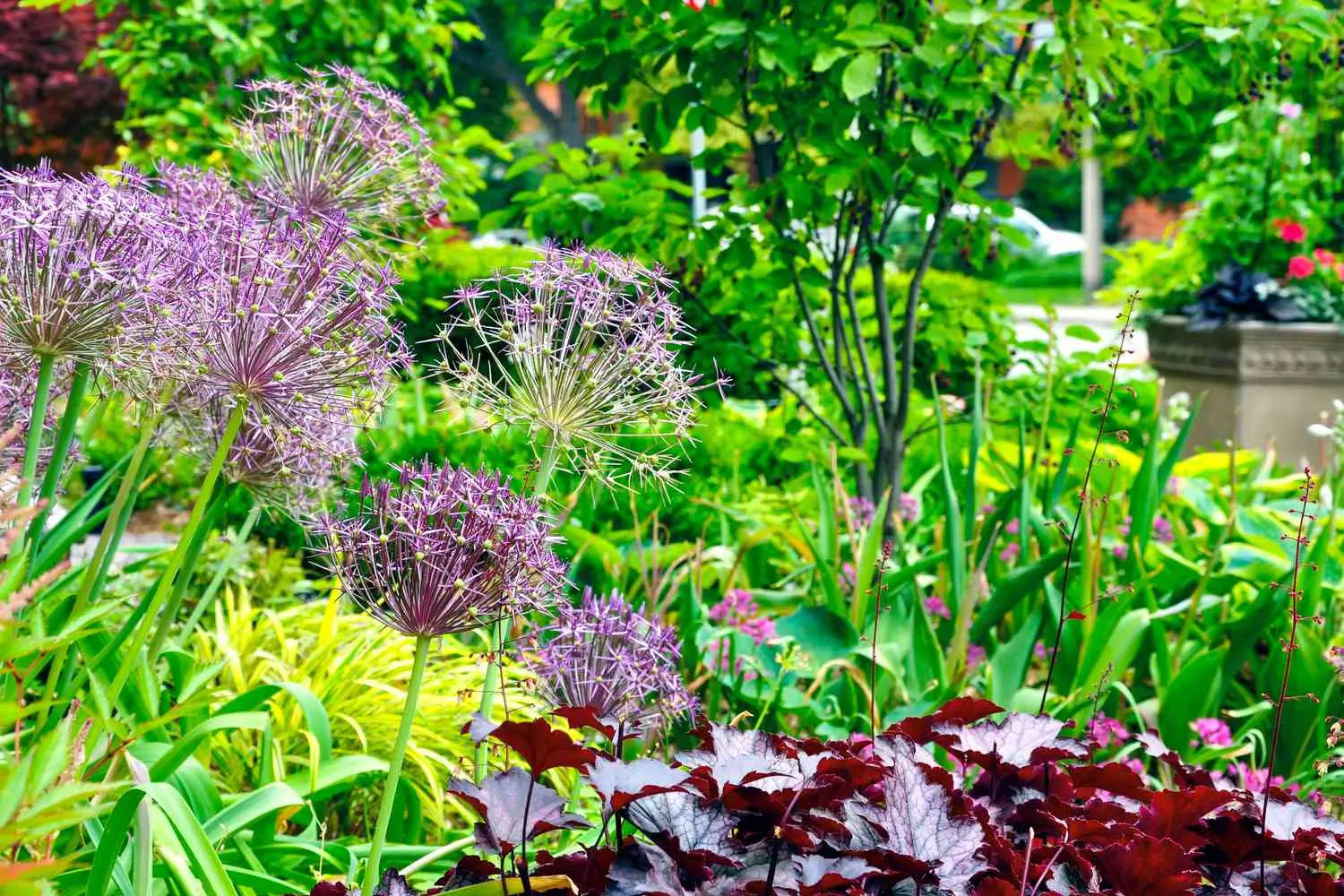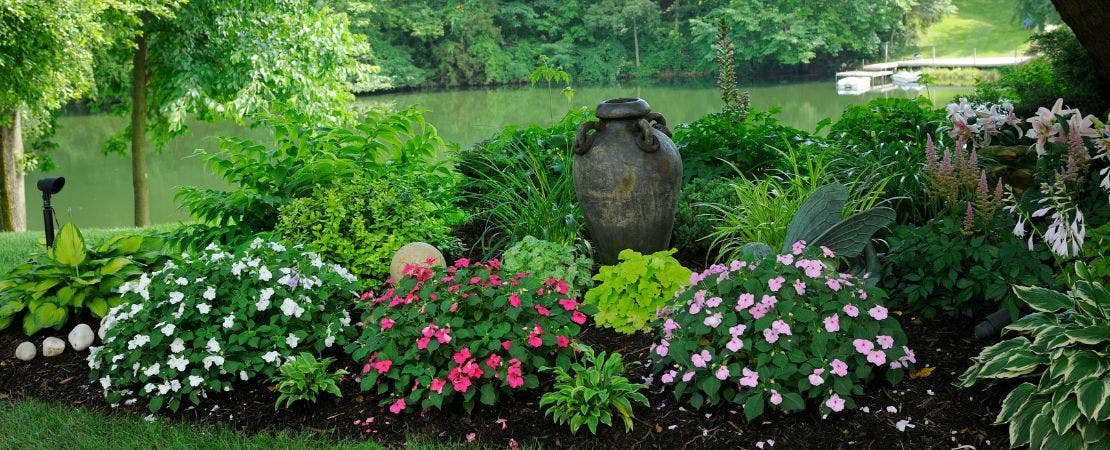Do you love gardening? Want to make your garden beautiful? Shade perennials can help! They thrive in shady areas. Perfect for places with less sun.
What are Shade Perennials?
Shade perennials are plants. They live for more than two years. They grow well in shaded areas. They don’t need direct sunlight. These plants are perfect for gardens with big trees.
Why Choose Shade Perennials?
Shade perennials are great for many reasons. First, they need little sunlight. Second, they come back every year. Third, they are easy to care for. Lastly, they add beauty to your garden.
How to Choose the Right Shade Perennials
Choosing the right plants is important. Consider the amount of shade. Also, think about the soil type. Some plants need moist soil. Others prefer dry soil. Here are some popular shade perennials:
- Hostas: They have large leaves. They are easy to grow.
- Ferns: They love shaded areas. They add a lush look.
- Astilbe: They have feathery flowers. They bloom in the summer.
- Lungwort: They have spotted leaves. They are low-maintenance.
Preparing the Garden for Shade Perennials
Preparation is key. First, clear the area. Remove weeds and debris. Next, check the soil. Is it too hard? Loosen it with a spade. Add compost if needed. This helps plants grow better.

Credit: www.epicgardening.com
Steps to Plant Shade Perennials
Follow these simple steps:
- Dig a hole: Make it twice as wide as the plant’s root ball.
- Place the plant: Put it in the hole. Ensure the top is level with the ground.
- Fill the hole: Add soil around the plant. Press it down gently.
- Water the plant: Give it a good drink. This helps settle the soil.
- Mulch the area: Add a layer of mulch. It keeps the soil moist.
Caring for Shade Perennials
Caring for these plants is simple. Water them regularly. Especially during dry spells. Remove dead leaves. This keeps them healthy. Fertilize in spring. Use a balanced fertilizer. It promotes growth.
Common Problems and Solutions
Sometimes, problems arise. Here are a few common issues:
| Problem | Solution |
|---|---|
| Yellow leaves | Check the soil. It might be too wet. |
| Pests on leaves | Use natural insect spray. It keeps pests away. |
| Slow growth | Add fertilizer. It boosts growth. |
Benefits of Shade Perennials
These plants offer many benefits. They beautify your garden. They attract butterflies and birds. They improve soil health. They provide ground cover. This reduces weeds.
Frequently Asked Questions
What Are The Best Perennials For Shady Gardens?
Hostas, ferns, astilbes, and bleeding hearts grow well in shade and add color.
How Do Shade Perennials Differ From Sun Perennials?
Shade perennials need less sunlight and often prefer cooler, moist soil conditions.
Can Shade Perennials Survive With Only 2 Hours Of Sunlight?
Yes, many shade perennials thrive with just 2 to 4 hours of indirect sunlight.
What Soil Type Is Best For Planting Shade Perennials?
Rich, well-drained, and moist soil works best for healthy shade perennial growth.
Conclusion
Planting shade perennials is rewarding. They are beautiful and easy to care for. They thrive in shady areas. Perfect for gardens with little sun. Follow the steps and enjoy a lovely garden!
Planting Season and Best Time
The best time to plant shade perennials is spring. In spring, the soil is warm. Plants grow better. You can also plant in fall. Just before the first frost. This gives roots time to settle.
Using Shade Perennials in Design
Shade perennials add beauty. They make great garden borders. Use them under trees. Combine different types. Mix colors and textures. This creates a stunning effect.
Examples of Shade Perennials
Here are some examples of shade perennials:
- Bleeding Heart: They have heart-shaped flowers. They bloom in spring.
- Heuchera: They have colorful leaves. They are also called coral bells.
- Brunnera: They have blue flowers. They look like forget-me-nots.
Creating a Shade Garden
Creating a shade garden is fun. Start with a plan. Choose a variety of plants. Consider height and color. Add paths and benches. Enjoy your peaceful retreat.
Tools Needed for Planting
You need some tools. Here is a list:
- Spade or shovel
- Gloves
- Watering can
- Rake
- Mulch

Credit: growcycle.com
Final Tips for Success
Follow these tips. Plant in the right season. Choose the right plants. Water regularly. Remove weeds. Add mulch. Enjoy your garden!
4 min read

